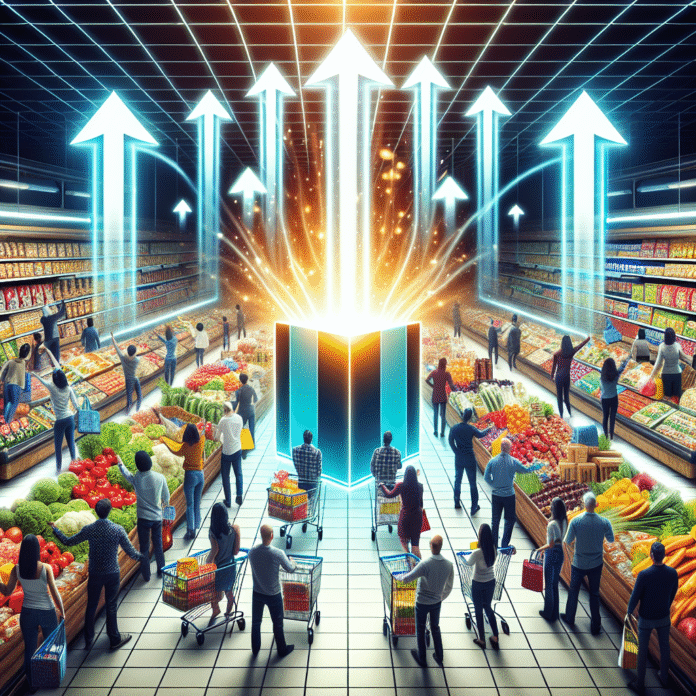The Unexpected Factor Behind Rising Grocery Prices
The Unexpected Factors Driving Up Grocery Prices
In recent months, consumers have been taken aback by the noticeable increase in grocery prices. While many attribute the rise to inflation or supply chain disruptions, the reality is more complex and multifaceted. Understanding the underlying reasons can help consumers navigate these changes more effectively.
Supply Chain Disruptions
The COVID-19 pandemic has had a lasting impact on global supply chains. From production delays to shipping bottlenecks, these disruptions have created a ripple effect throughout the food supply network. For instance, shortages of key ingredients have forced manufacturers to raise prices, which ultimately gets passed on to consumers at the checkout line.
Labor Shortages
Another significant factor contributing to higher grocery prices is labor shortages. Many sectors within the food industry, including farms, processing plants, and distribution centers, are struggling to find and retain workers. This shortage not only affects production levels but also increases labor costs, which in turn leads to higher prices for consumers.
Rising Transportation Costs
Transportation costs have surged due to increased fuel prices and ongoing logistical challenges. Shipping goods from farms to stores involves various expenses, including fuel, truck maintenance, and labor. As these costs climb, grocery retailers are compelled to adjust their pricing strategies to maintain profitability.
Climate Change and Agriculture
Climate change is another critical factor influencing grocery prices. Unpredictable weather patterns, such as droughts, floods, and extreme temperatures, can severely impact crop yields. Reduced supply of certain produce can lead to price spikes, as consumers compete for limited resources.
Consumer Demand and Trends
Shifts in consumer preferences also play a role in grocery pricing. The growing demand for organic and sustainably sourced products often comes with higher production costs. As more shoppers prioritize these options, retailers may raise prices to reflect the premium nature of these goods.
Market Consolidation
In recent years, there has been a trend toward market consolidation within the grocery industry. Larger companies often control significant portions of the market, which can limit competition and allow them to set higher prices. This consolidation may also lead to reduced product variety, further impacting consumer choices.
Conclusion
While the rising cost of groceries may seem daunting, understanding the various factors at play can empower consumers to make informed choices. By staying aware of these influences, shoppers can better navigate the grocery store and adapt to changing market conditions, potentially finding ways to save money without sacrificing quality.
